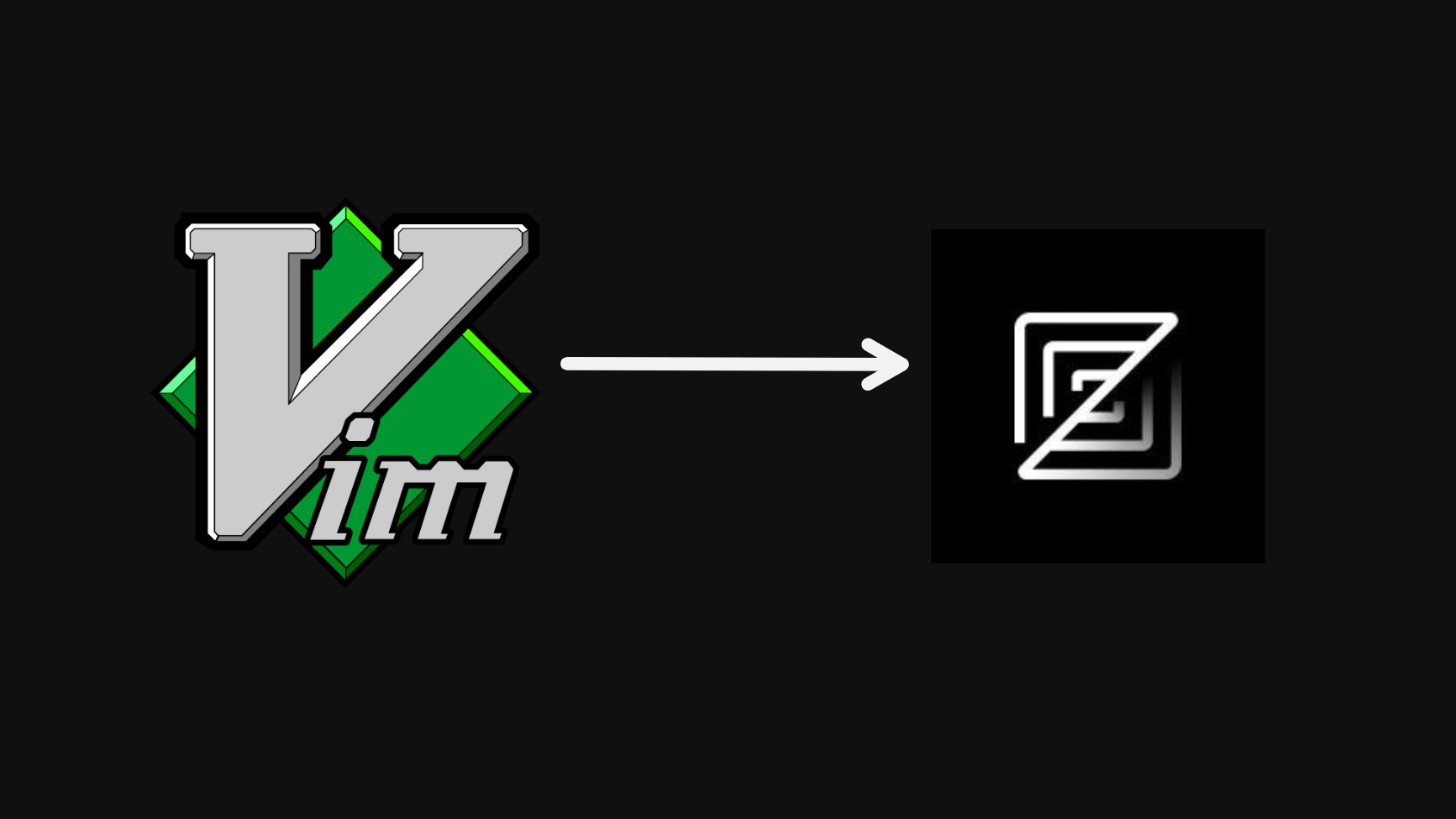Why I Switched from Vim to Zed (and How It Improved My Workflow)
 Bonaventure Ogeto
Bonaventure Ogeto
For years, Vim was my trusted code editor. It was fast, and efficient, and gave me full control over my workflow. However, as my projects grew more complex and my needs evolved, I found myself hitting limitations. That’s when I decided to give Zed a try and it completely transformed how I code.
In this post, I’ll walk you through why I switched from Vim to Zed, how the transition felt seamless, and the benefits I’ve gained since making the switch.
1. My Journey with Vim: Speed, Control, and Challenges
Vim wasn’t easy to learn at first. I spent days figuring out basic things, like how to quit without breaking my code. But once I got used to the commands, it became second nature. The editor was lightning-fast, and I loved how every keystroke felt intentional. With Vim, I wasn’t just coding, I was flowing.
However, as my projects became larger, I started running into issues. I needed advanced tools like autocomplete, real-time syntax highlighting, and easier file navigation. Adding these required plugins and constant tweaking. It became a frustrating cycle of configuring, breaking, and fixing. The time I spent managing Vim setups started to outweigh the benefits.
I realized I needed a change, something more modern but still as efficient as Vim.
2. Discovering Zed: Familiar Yet Modern
A developer friend suggested I try Zed, a new code editor built with collaboration in mind. At first, I was skeptical. Could Zed really match Vim’s speed? Would I need to relearn all my commands?
I downloaded Zed out of curiosity, and the first thing I noticed was how fast it launched. Everything felt responsive and smooth, just like Vim, but without the clutter of plugins or custom setups. The interface was simple, focused entirely on code, and there were no unnecessary distractions.
What surprised me the most was that Zed supports Vim commands. All the keystrokes I had memorized over the years, like :wq to save and quit or dd to delete a line, worked perfectly. There was no need to change how I coded. It felt like moving to a new home, but everything was already familiar.
3. Collaborative Coding Made Easy
One of Zed’s standout features is its real-time collaboration. Working remotely with other developers was always tricky with Vim. We relied on Git commits or screen sharing, which slowed us down.
With Zed, I could invite teammates directly into my editor, and we could work on the same code simultaneously. It felt natural, like coding side by side in the same room, even though we were in different locations. This feature alone made Zed an invaluable tool for remote teamwork.
4. Why Zed is the Perfect Upgrade from Vim
After using Zed for a few days, I realized it gave me everything I loved about Vim but with fewer headaches. There was no need to manage complex plugins or deal with broken configurations. Zed just worked.
Here’s what I gained by switching to Zed:
Vim-style keybindings without extra setup
Built-in LSP support for fast, accurate autocomplete
Real-time collaboration tools for remote teamwork
Simple, distraction-free interface
No need to spend hours on configuration
5. Final Thoughts: Zed Feels Like Home
At first, I wasn’t sure if switching from Vim to Zed was the right move. I kept going back to Vim occasionally, worried I might miss something. But every time, I found myself longing for Zed’s simplicity and modern features.
Vim will always hold a special place in my coding journey, it taught me the importance of efficiency and mastery. But today, Zed is a better fit for my workflow. It gives me the best of both worlds: the speed and precision of Vim, combined with modern collaboration tools and easy setup.
If you’re a long-time Vim user looking for something new, or if you want an editor that’s both fast and modern, Zed is one of the modern alternatives to Vim worth trying. You might just find, like I did, that it’s the next step in your coding journey.
This is how I moved from Vim to Zed, finding a tool that keeps my coding fast and efficient while solving the frustrations I had with plugin-heavy setups. If you’ve ever felt stuck in your workflow, Zed might be the fresh start you need.
If you’re interested in getting other people’s perspectives on switching from Vim to Zed, check out Thorsten Ball’s article about it.
How to install Zed on Linux
Subscribe to my newsletter
Read articles from Bonaventure Ogeto directly inside your inbox. Subscribe to the newsletter, and don't miss out.
Written by

Bonaventure Ogeto
Bonaventure Ogeto
Software Engineer & Technical Writer